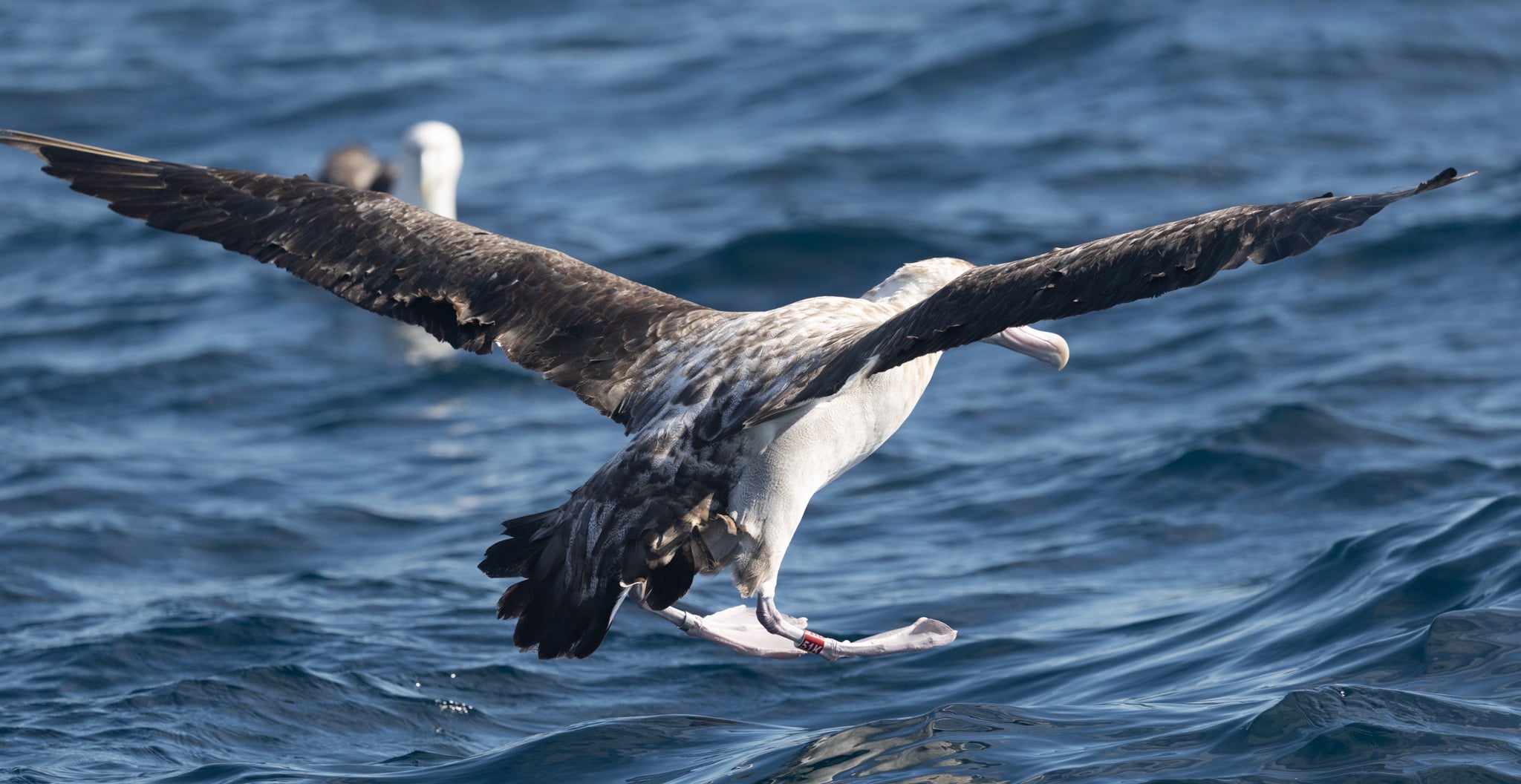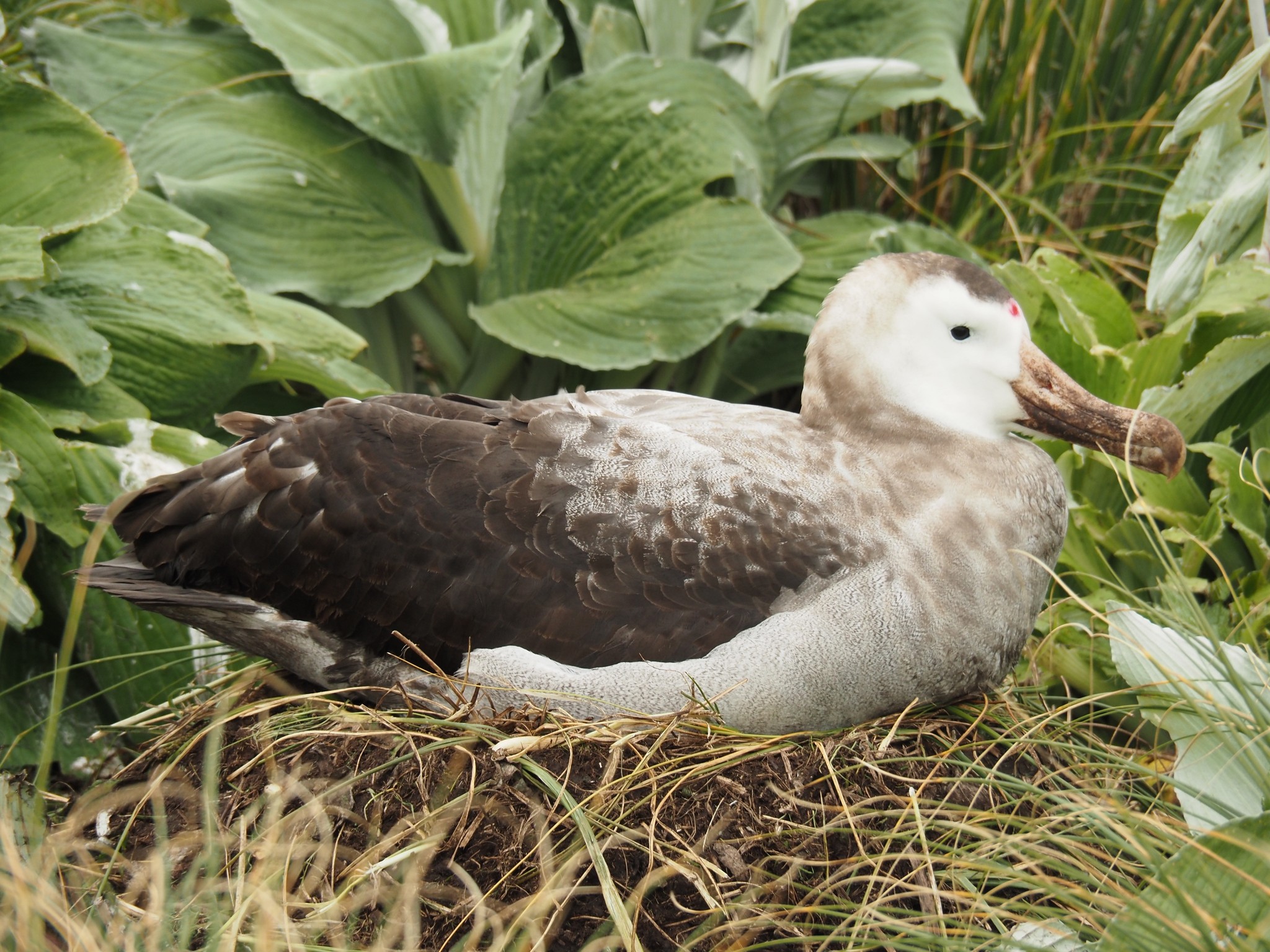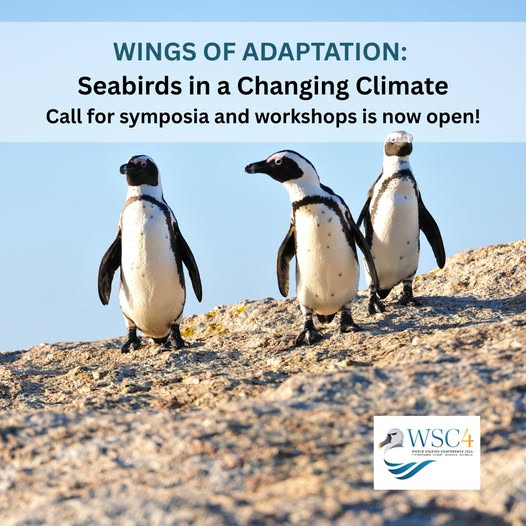 Critically Endangered African Penguins
Critically Endangered African Penguins
“The 4th World Seabird Conference will take place in Hobart, Tasmania, Australia from 7-11 September 2026. The theme for the conference is “Wings of Adaptation: Seabirds in a Changing Climate”.
“The 4th World Seabird Conference will build on the progress and success of previous conferences and once again place seabirds on the global stage. Our goal is to provide a hub for seabird scientists from across the world to gather with colleagues and discuss research, conservation, and innovative technology related to the study of seabirds and their marine environment.
The Conference will focus on the biology, ecology, adaptive capacity, and conservation of these globally relevant species in an era of unprecedented global change. WSC 4 will be structured around a series of symposia, contributed sessions, and workshops. It will provide participants with abundant opportunities to network with colleagues worldwide.
The World Seabird Conference has been held every five years since 2010, bringing together international seabird scientists, managers, and conservationists to tackle global challenges.
We invite scientists and professionals involved in seabird research and management to create symposia centred around the conference theme.”
John Cooper, Emeritus Information Officer, Agreement on the Conservation of Albatrosses and Petrels, 27 May 2025

 English
English  Français
Français  Español
Español  The first Black-footed Albatross chick successfully reared by translocated parents begs for a meal on the Hawaiian island of Oahu
The first Black-footed Albatross chick successfully reared by translocated parents begs for a meal on the Hawaiian island of Oahu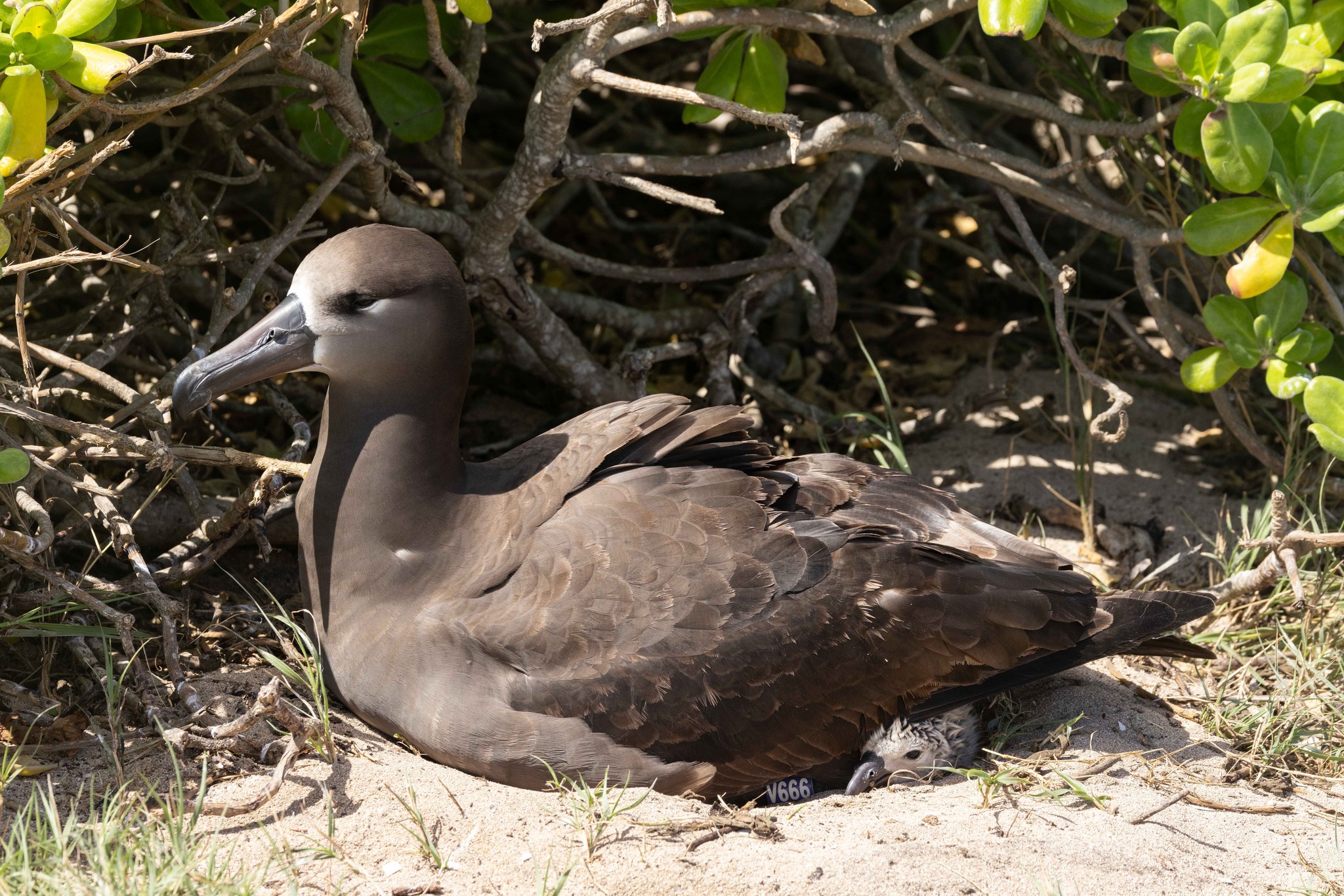

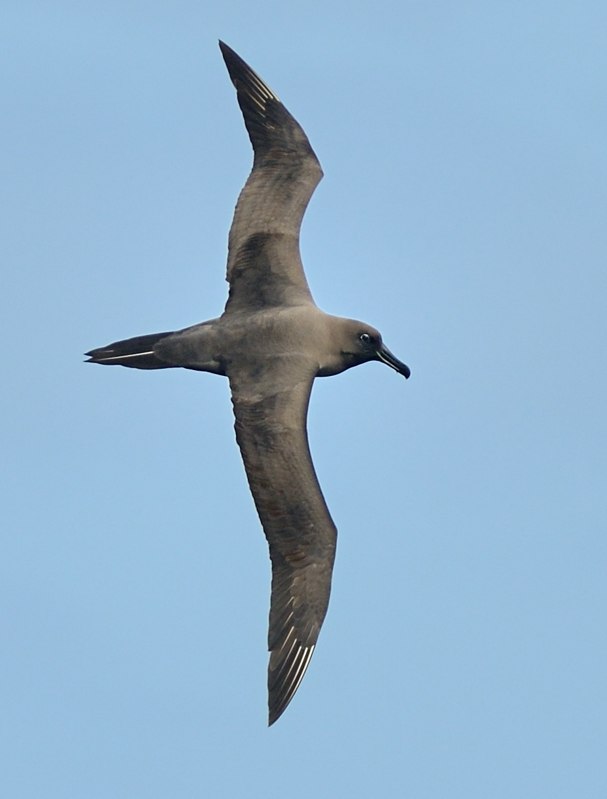 Sooty Albatross in flight,
Sooty Albatross in flight, 
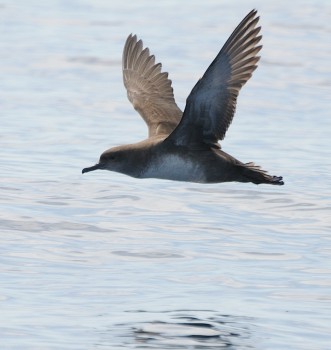
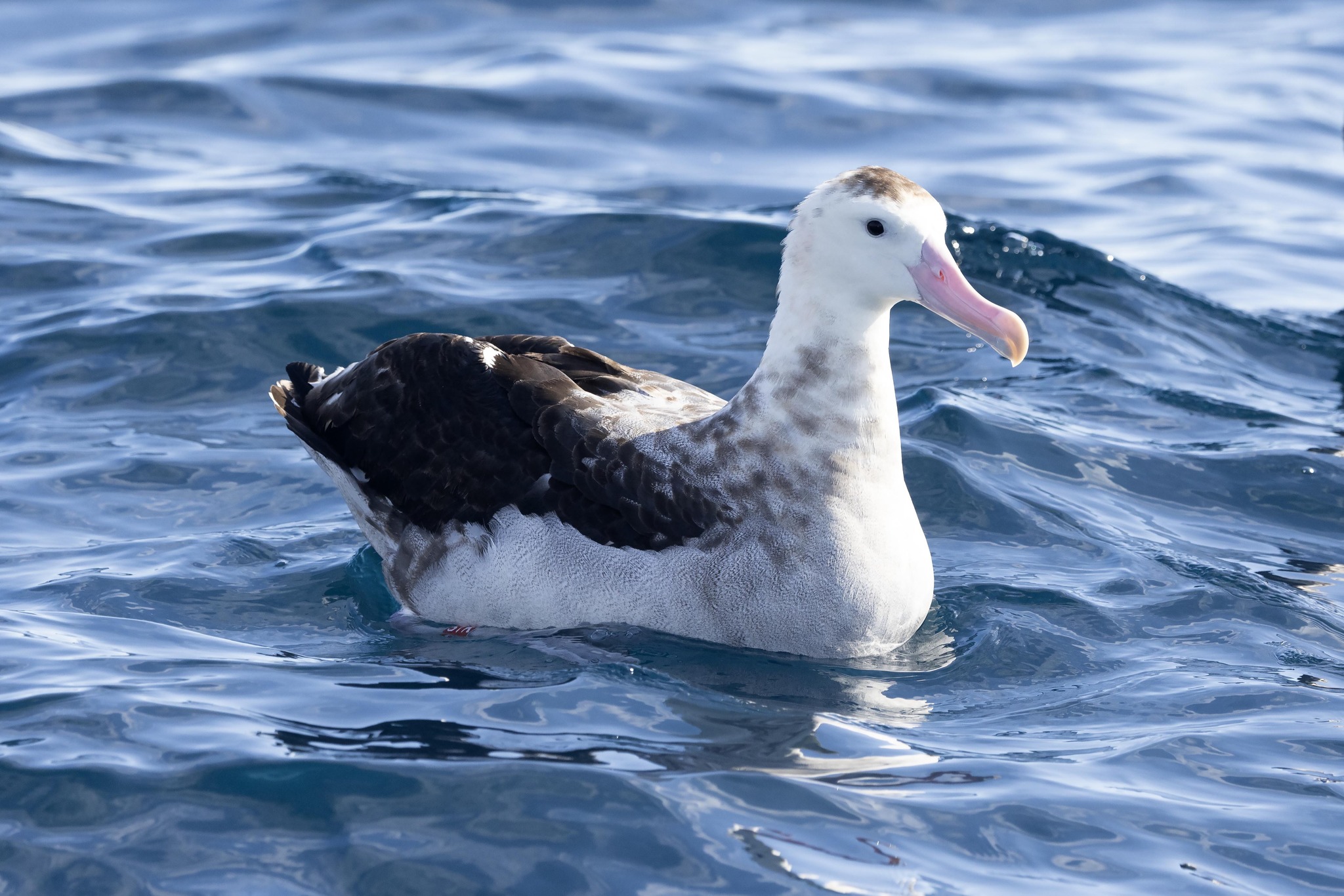 Gibson’s Antipodean Albatross red 51K, photograph by David Harper
Gibson’s Antipodean Albatross red 51K, photograph by David Harper